Humans news stories
One of the most interesting things going on in Australian archaeology is the idea that Aboriginal food production systems may have involved domestication of some plant species. Was there some level of food production going on in Aboriginal groups that goes well beyond hunter-gathering?
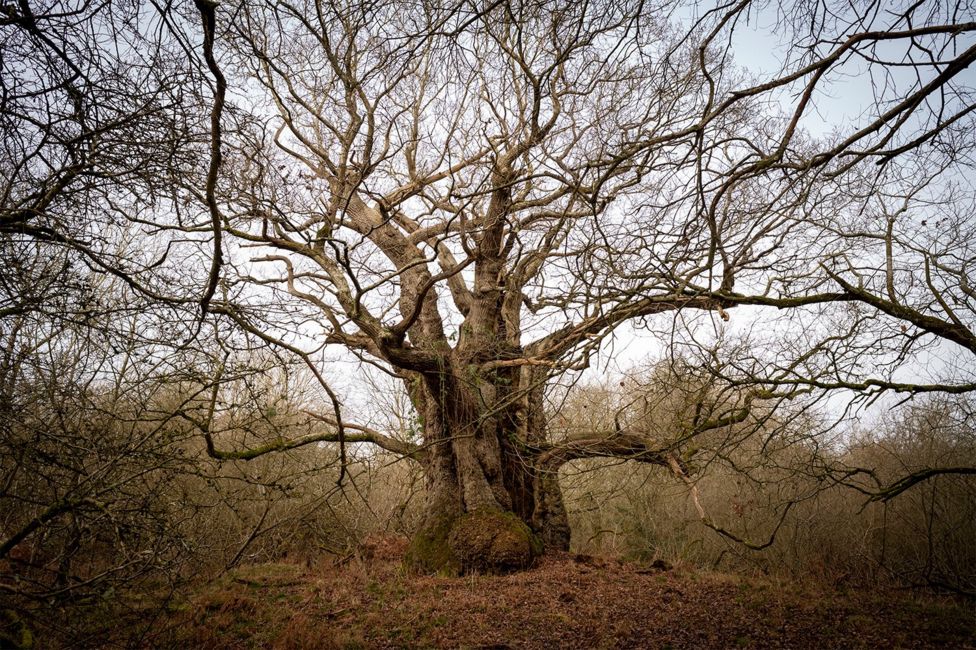
“They’ve lived for so long; just think what they’ve seen.” Forester Nick Baimbridge is gazing fondly at a majestic oak that has stood for more than a thousand years. On this wintry afternoon, birds sing from lichen-covered branches and a deer runs through the undergrowth.
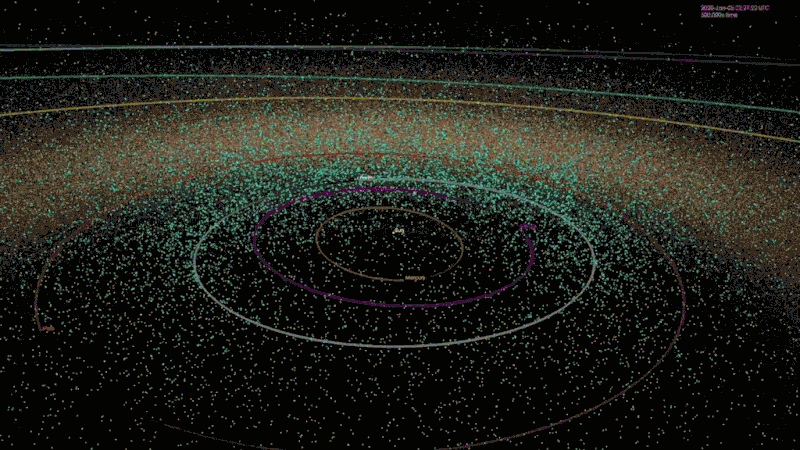
Overnight on March 24-25, 2022, another small asteroid raced toward Earth, unseen until hours before its closest approach.

According to calculations made a few years ago by University of Portsmouth physicist Melvin Vopson, this literal mass of visual imagery – along with half a billion tweets, countless texts, billions of WhatsApp messages, and every other bit and byte of information we’ve created – could be making our planet a touch heavier.
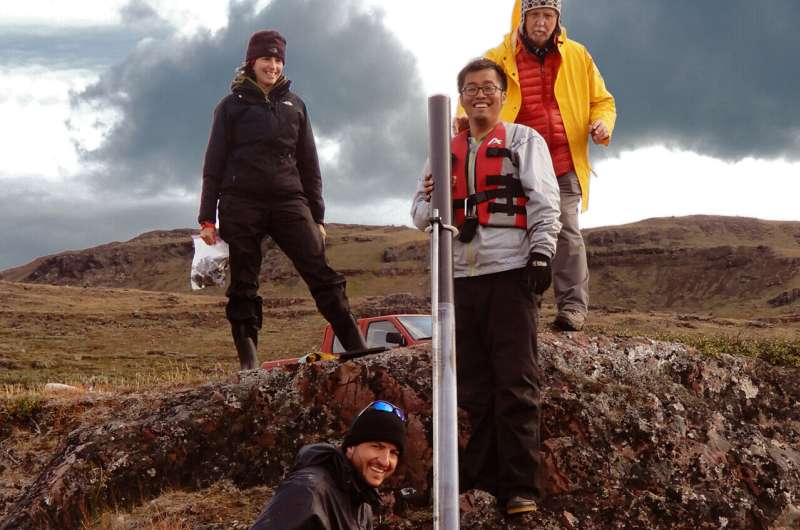
One of the great mysteries of late medieval history is why did the Norse, who had established successful settlements in southern Greenland in 985, abandon them in the early 15th century?

Peruvian historian and US archaeologist say the pre-Columbian town was called Huayna Picchu by the Inca people.
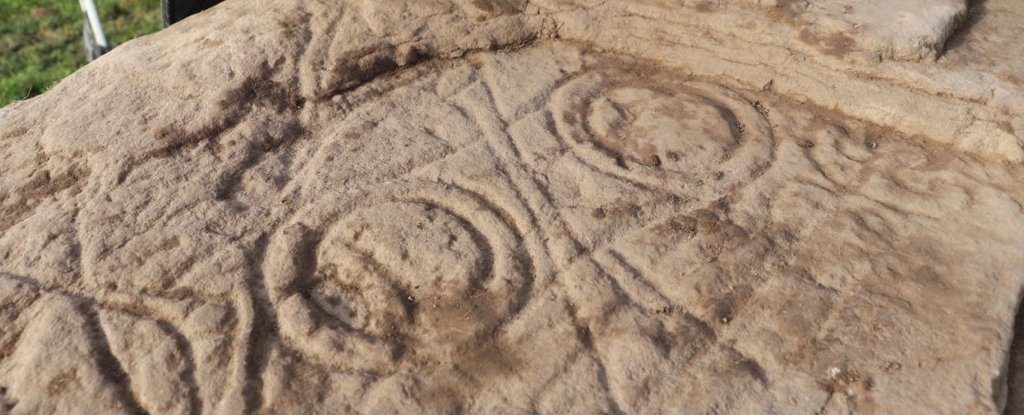
Archaeologists in Scotland shed “genuine tears” upon discovering a stone covered with geometric carvings that the Picts, the Indigenous people of the region, designed about 1,500 years ago.
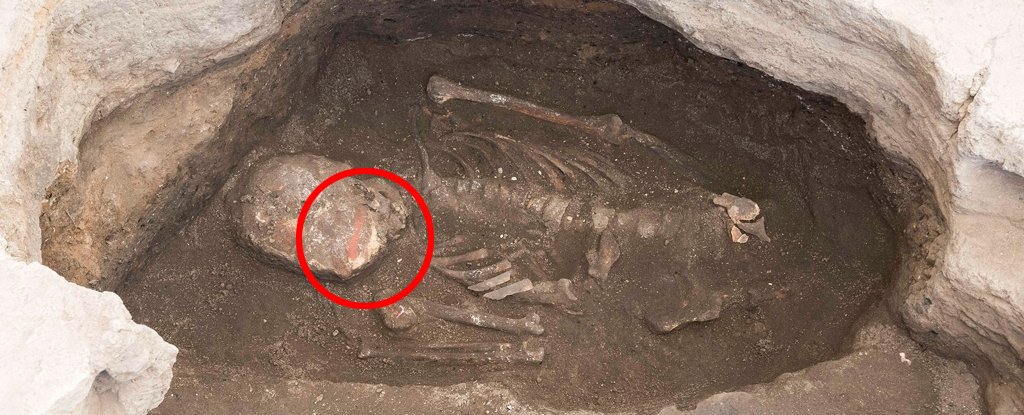
The sprawling ruins of Çatalhöyük – a vast, ancient human settlement in what we now know as Turkey – are much like a precursor to the modern metropolis of today. Yet, over the course of 9,000 years, times have certainly changed.
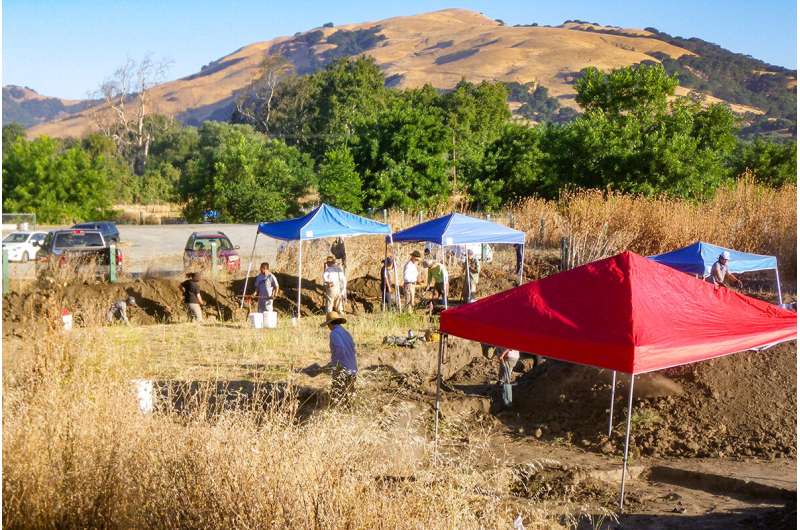
A genomic study of Native peoples in the San Francisco Bay Area finds that eight present-day members of the Muwekma Ohlone Tribe share ancestry with 12 individuals who lived in the region several hundred to 2,000 years ago…the study challenges the notion that the Ohlone migrated to the area between A.D. 500-1,000…
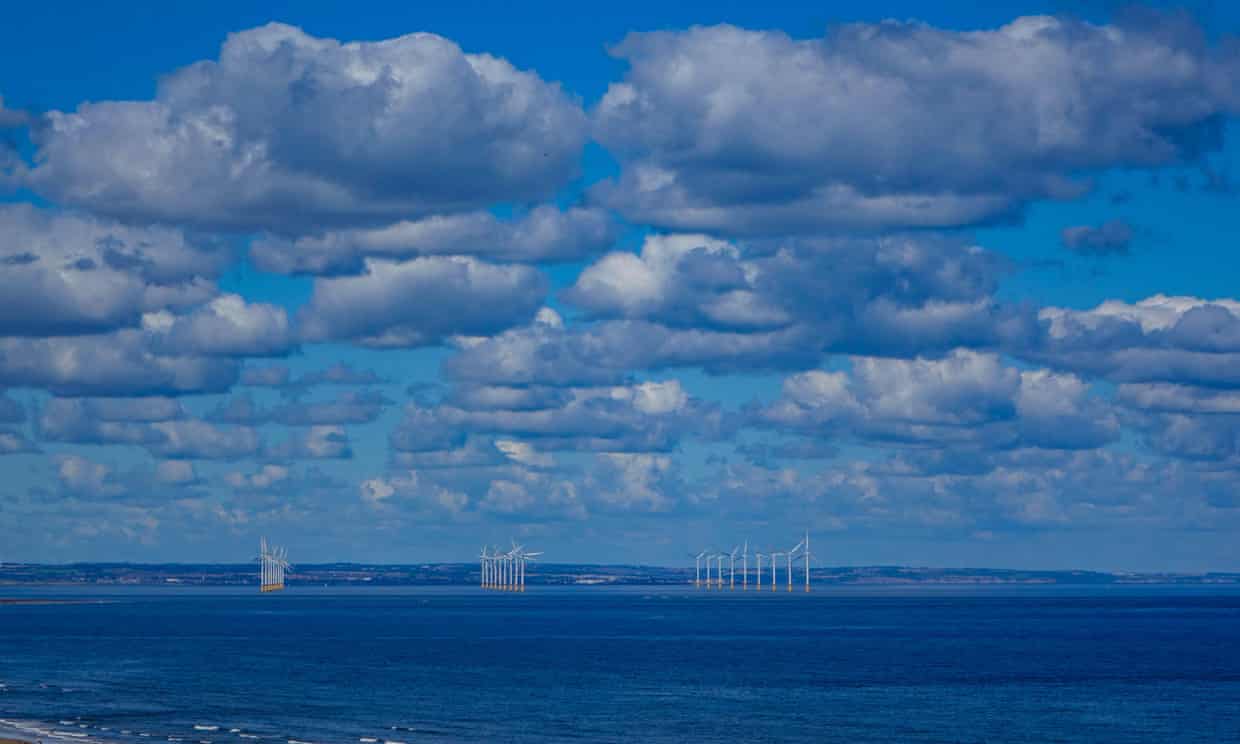
While the Conservative party’s proposed dash for wind power is good news for the climate it could be bad news for archaeology, with rapid offshore windfarm development sealing off access to some of the best-preserved and most complete evidence of early human communities in the world.
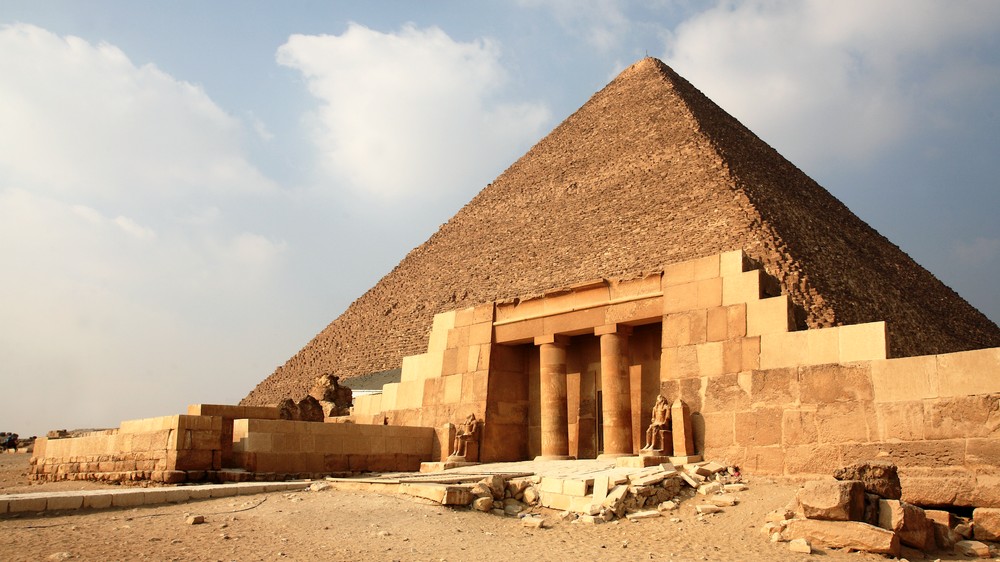
Individual artifacts might be detectable with an advanced telescope that captures particles made in outer space.

Applying machine learning to a database of testimonials uncovers how drug-induced changes in subjective awareness are mechanistically rooted in the human brain.
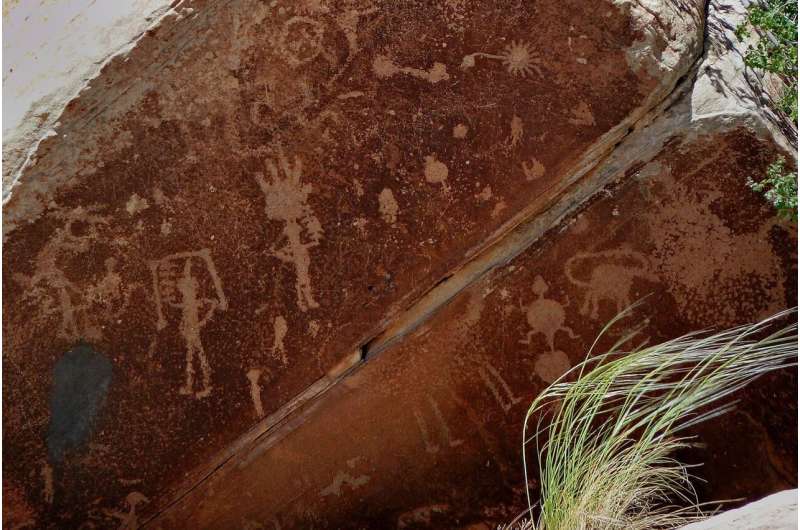
A trio of researchers from Universidad de Cantabria and the University of Cambridge has found evidence suggesting that up to a quarter of all ancient handprints found on cave walls in Spain were made using children’s hands.
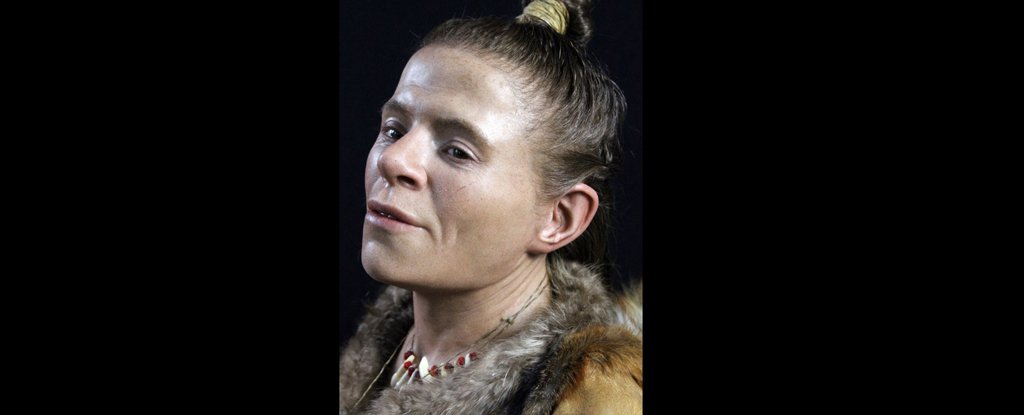
A Stone Age woman who lived 4,000 years ago is leaning on her walking stick and looking ahead as a spirited young boy bursts into a run, in a stunning life-size reconstruction now on display in Sweden.
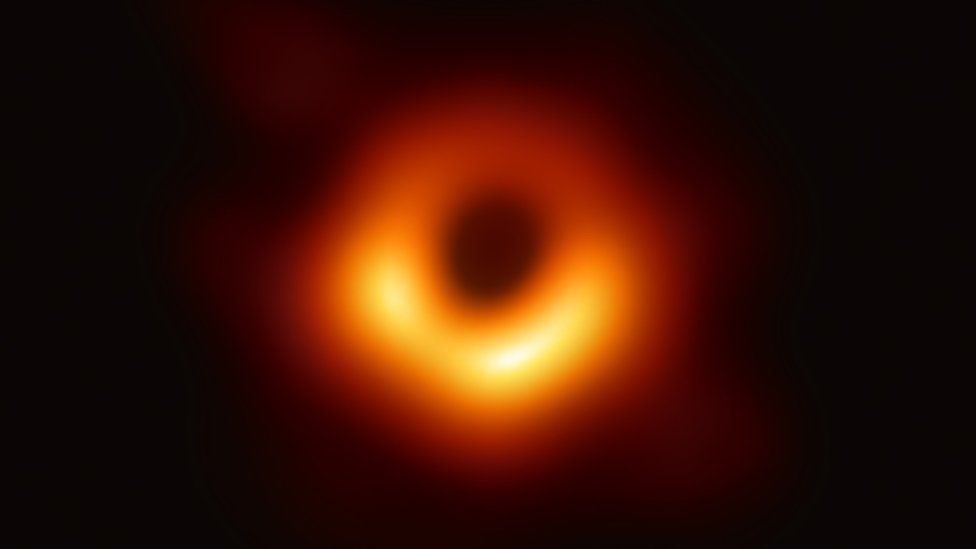
Scientists say they have solved one of the biggest paradoxes in science first identified by Prof Stephen Hawking.
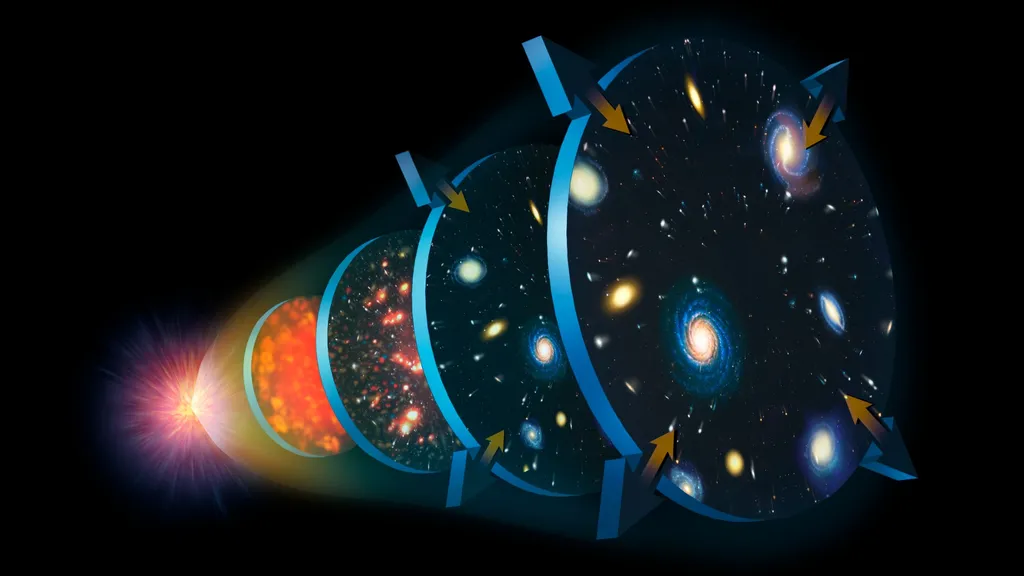
A wild new theory suggests there may be another “anti-universe,” running backward in time prior to the Big Bang.








